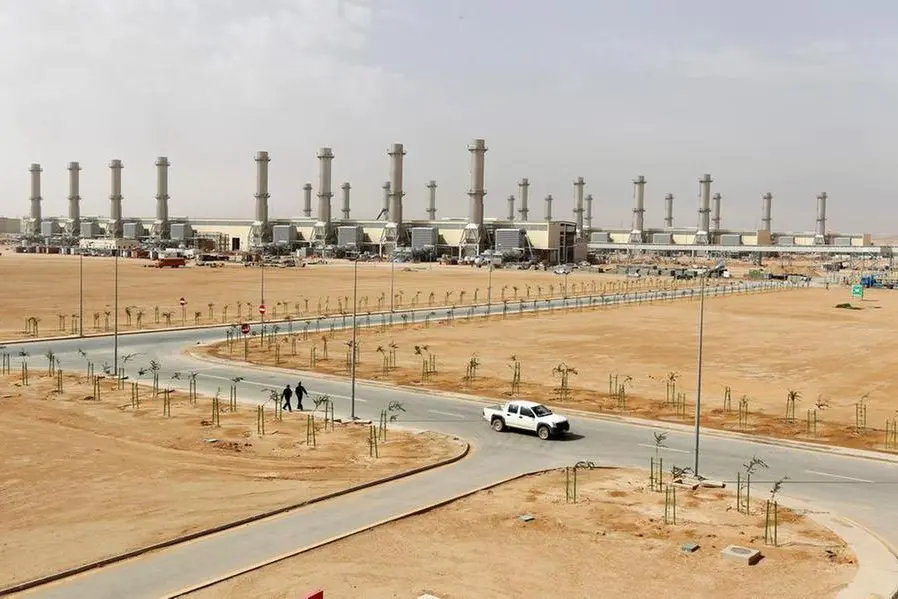PHOTO
LONDON – Inflation’s return from the dead has brought the era of easy monetary policy to an end. The US Federal Reserve, the European Central Bank, and others are planning to shrink their balance sheets, but this is a process that will most likely unfold very slowly. In the meantime, the heavy lifting will be done the old-fashioned way: hiking short-term interest rates to rein in aggregate demand. But policymakers should be careful not to get ahead of themselves.
The latest monetary-tightening cycle has been highly synchronized. While the Fed, the ECB, and the Bank of England did not all start raising rates at the same time, they have all implemented 200-basis-point hikes since September. And they have all used similarly tough language to affirm their commitment to reining in price growth.
This uniformity is puzzling, given important differences in the dynamics driving inflation across economies. Consider the impact of skyrocketing global energy prices. For net energy importers like Europe, this trend implies a negative terms-of-trade shock – import-price growth outpaces export-price growth. This produces immediate inflationary effects, but, over time, it erodes real incomes and suppresses aggregate demand. France’s Treasury estimates that real income losses, compared to pre-pandemic levels, amounted to 3% of GDP at the end of 2022, owing to the terms-of-trade effect.
But the United States – a net energy exporter – is not facing any such shock, so the factors driving US inflation must be different. In their efforts to ensure price stability, central banks should account for these divergences, rather than following the same playbook.
Of course, one might argue that central banks’ efforts – in particular, their hawkish rhetoric – are working. Inflation expectations have indeed stabilized in the eurozone, the US, and the United Kingdom. But there is reason to fear that policymakers are going too far too fast – especially in Europe, where the energy crisis is now taking a large toll on real disposable incomes.
Fast seems to be the point. Based on the ECB’s own forecasts, one can infer that it is aiming to reach the 2% inflation target in 2025. The BOE, for its part, predicts that consumer inflation will fall to 1.4% – well below the 2% target – by the fourth quarter of 2024. In the US, the Federal Open Market Committee’s median projection for personal consumption expenditure inflation is 2.5% for 2024.
These are very sharp decreases, by historical standards. When Paul Volcker became Fed Chair in the summer of 1979, the annual inflation rate exceeded 11%. At the end of 1982 – after two recessions, the second of which was brutal – he had managed to bring inflation down to 3.8%. Though expectations stabilized, inflation remained elevated, although stable, for years, averaging almost 4% in 1983-90.
Why are today’s central bankers in such a rush? Given stable inflation expectations, one might infer that policymakers fear the emergence of a new round of inflationary pressures, as profits and wages, supported by a relatively strong labor market, catch up to prices. But there is little evidence of wage-price spirals in Europe so far. In the eurozone, forward-looking indicators of wage development are flat. Moreover, the institutional mechanisms, such as the degree of wage indexing or unionization, that may favor such spirals are weaker today than they were in the 1980s.
Another possible explanation is that policy preferences have shifted over the last few decades, with lower inflation now considered to be worth a greater sacrifice in terms of economic growth. But this seems unlikely, given the crises with which all three economies – especially the eurozone – have grappled over the last 15 years, and the growth headwinds they face today.
The 2007-09 global financial crisis marked the beginning of a dismal decade, particularly for Europe, at the end of which the COVID-19 pandemic upended the global economy. Since the fourth quarter of 2019, US GDP has grown by just 4.4%, but the eurozone has achieved only 2.2% growth, and the UK economy has shrunk by 0.8%. This year, the OECD expects US and eurozone GDP to grow by 0.5%, and the UK economy to contract by 0.4%.
It is hard to imagine any of these economies making it through another decade of slow growth without suffering serious losses to potential output or doing lasting damage to the most vulnerable segments of society. Such protracted economic stagnation would most likely have severe political repercussions as well, particularly in the EU and the UK.
Perhaps, then, central banks are moving so fast because they believe that rapid disinflation will not carry such high costs, in terms of output and employment, as it did in the 1980s. But given all the academic evidence to the contrary, this also seems implausible. In fact, monetary tightening will do more damage to output and employment when inflation is fueled by a terms-of-trade shock that erodes real income – the case in Europe today – than when excessive aggregate demand is the culprit.
The only other possible explanation for central bankers’ haste is that they know something we do not. If so, they should explain it. Otherwise, they should proceed with caution, recognizing that continued rapid monetary tightening may bring huge economic costs. It may also reap the whirlwind of a backlash which threatens central bank independence.
Lucrezia Reichlin, a former director of research at the European Central Bank, is Professor of Economics at the London Business School and a trustee of the International Financial Reporting Standards Foundation.
Copyright: Project Syndicate, 2023.
www.project-syndicate.org























